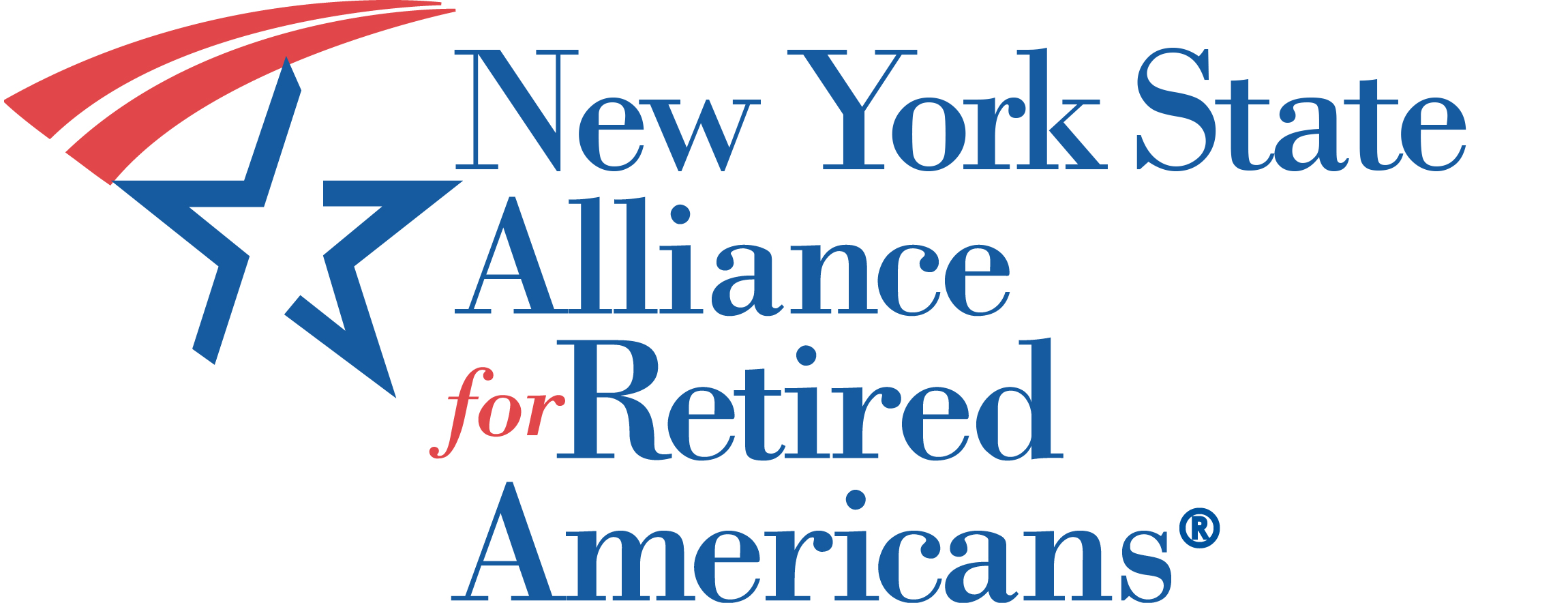Blog
April 30, 2019
Frequently Asked Questions (FAQs) About the Current Debate on Driving down the Cost of Prescription Drugs
How much can government negotiations drive down the cost of prescription drugs for patients?
In other countries where the government negotiates directly for prescription drugs, costs are significantly lower for the same drugs than in the United States–some drugs are half the price or less. The U.S. health programs that already negotiate with the prescription drug industry also have lower costs: Rx medicine in Veterans’ Administration costs one-third less than retail; and in Medicaid, drugs are priced at least 23% lower than retail cost or at the lowest cost at which its sold to other buyers.
Will more generic drugs drive down the overall cost of prescriptions?
While the Trump administration has trumpeted their efforts to quicken the approval of generics as a way to drive down the cost of prescription drugs as a whole, the reality is that more generics alone won’t solve the crisis. Generics already comprise more than 80% of the drugs sold in the United States but because the price of generics can increase multiple times before a generic enters the market, prices are still high. Moreover, research shows it
takes more than one generic competitor to drive down costs significantly and that takes time. Almost half of the generic drugs approved by the Trump administration are not yet on the market.
What is “pay for delay” and how does it increase prescription drug costs?
Pay for delay is a common practice in which prescription drug companies pay their competitors to delay putting a generic version of a branded drug on the market so the companies can extend their monopoly and continue to charge what they want for a sought after drug. The Federal Trade Commission estimates this tactic costs consumers $3.5 billion a year in higher costs.
How big a factor are prescription drugs in the overall increase in health care costs?
Health care costs are going up in the United States for a variety of reasons, but one of them is certainly the increase in the price of prescription drugs. Multiple studies have identified increased prescription drug spending as a key driver of health costs across the board for people with private insurance, Medicaid, Medicare or uninsured people. For example, higher spending on prescription drugs was responsible for $44 billion of the $64 billion increase in the cost of treating diabetes in the U.S. from 1996 to 2013.
Are drug companies correct that the cost of research and innovation is the reason for high drug prices?
Drug companies often claim that high drug prices are necessary to support research and development of new lifesaving medicines, but that is simply not true. Most research and innovation is publicly financed with tax dollars, not private resources. An independent study found that every single one of the 210 drugs approved by the FDA between 2010 and 2016 benefited either directly or indirectly from the National Institutes of Health (NIH) funding. In fact, research and development costs are only about 17% of drug company expenditures and almost all of the big pharmaceutical companies spend significantly more money on sales and marketing than research and development
